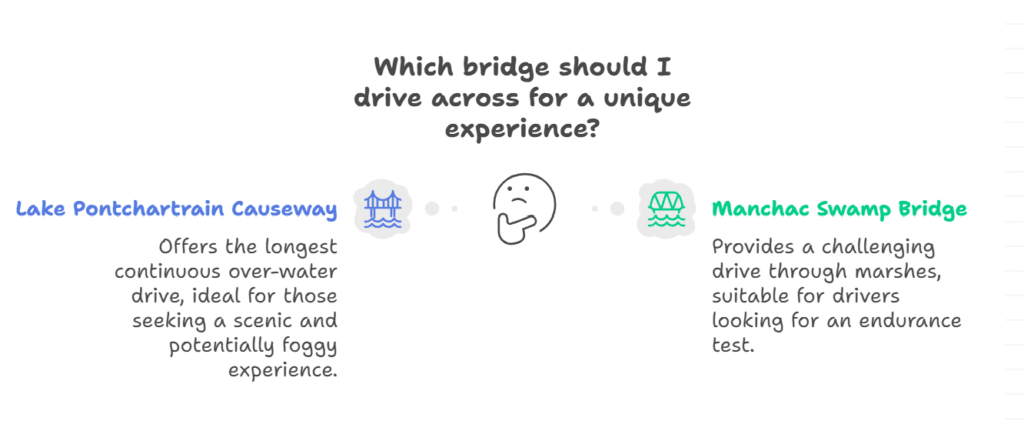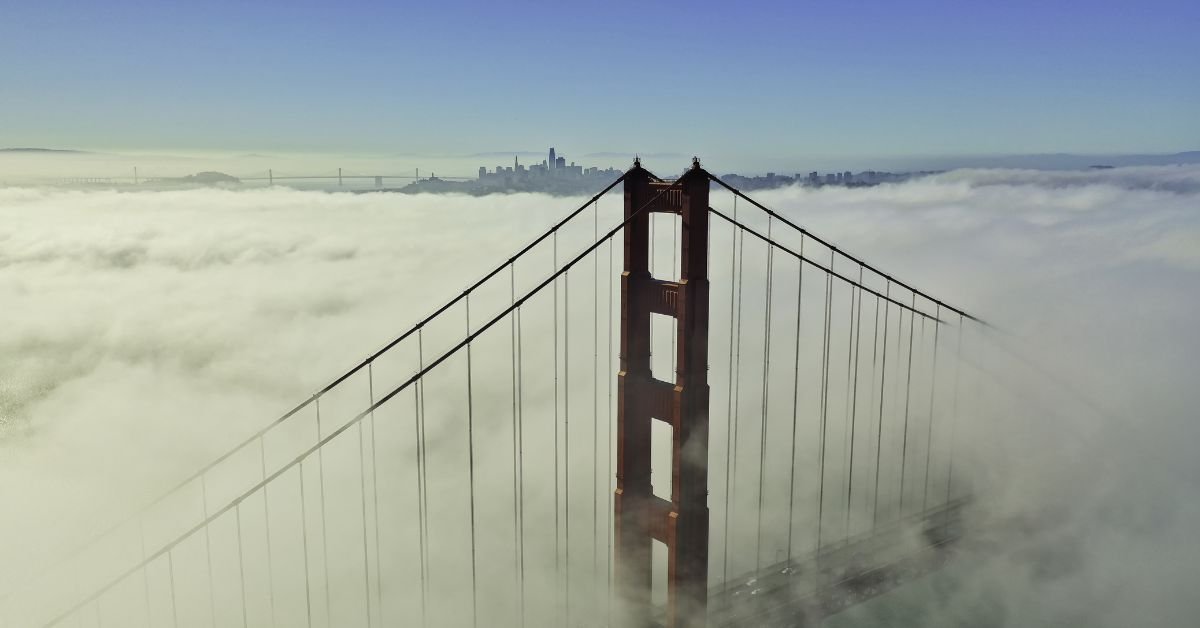Longest bridge of world—just hearing those words can drag your imagination across oceans and landscapes. Is it a marvel of engineering, an endless stretch over water, or something that’ll make your jaw drop?
If you’ve ever wondered how long “long” really is, or what it takes to build such a behemoth, you’re in the right place. Buckle up—this ride across steel, concrete, and human ambition is going to amaze you.
What Makes the Longest Bridges So Legendary?
Before we dive into specific names, let’s talk about what turns a regular overpass into a record‑setter:
- Scale & Length: We’re talking tens of kilometers—enough to feel like you’re crossing a country.
- Engineering Feats: Massive piers, deep-water foundations, wind resistance, seismic considerations—all these factors redefine “bold.”
- Purpose & Connectivity: Many of these bridges link islands to mainland, cross lagoons, or serve as vital transport corridors.
- Environmental Challenges: Saltwater corrosion, typhoons, shifting sediments, all that extra difficulty makes success even sweeter.
Danyang Kunshan Grand Bridge: Engineering Triumph in China
One name towers above the rest when it comes to sheer length: Danyang Kunshan Grand Bridge. This Chinese marvel stretches about 164.8 kilometers (102.4 miles)—yes, you read that right—making it the longest bridge of world by an impressive margin.
Built to carry the Beijing–Shanghai High‑Speed Railway, it snakes over rice paddies, lakes, rivers—and through typhoon‑prone coastal zones.
Think about driving across this bridge. It’s like cruising through multiple cities without ever “arriving.” No wonder people joke, “I didn’t know I was still on a bridge until I passed a town sign.”
Longest Bridges in the US: Mighty, But Modest in Comparison
The US has its own giants—though none come close to Danyang Kunshan.
- Lake Pontchartrain Causeway (Louisiana): Often cited as the longest continuous over-water bridge in the country. It’s about 38.4 kilometers (23.8 miles) long. Yes, it’ll feel endless on a foggy morning.
- Manchac Swamp Bridge (Louisiana): A tandem-structure set of twin spans crossing marshes—each roughly 36 kilometers (22 miles). They might not break global records, but they’re definitely a test of endurance for drivers.
These bridges are celebrated parts of longest bridges in the US, vital, historic, and sometimes mysterious when you drive through low visibility.

Causeway Toll: When the Cost Is Part of the Experience
Ever noticed how crossing some of these massive causeways doesn’t come free?
Take the causeway toll for Lake Pontchartrain. It’s a small fee, but it adds a psychological barrier—like, “Am I really going that far?” Yes you are, and yes, you’re paying for the privilege of watching nothing but water and sky for what feels like forever.
Tolls aren’t just about money. They signal scale. Crossing big spans often means resources, maintenance, and yes—big budgets behind the scenes.
How Deep Is Lake Pontchartrain, Louisiana? The Depth That Shapes Design
If you’re crossing the Lake Pontchartrain Causeway, you might wonder: how deep is Lake Pontchartrain Louisiana anyway?
Not deceptively deep—on average around 5 meters (16 feet), with some spots deeper, like around 10–12 meters (33–40 feet). That might not sound huge, but for designers, every meter matters for pier placement, depth stability, and protecting against storms.
Knowing that gives you a tiny peek into the engineering smarts—balancing water depth, weight loads, current flows, and more.
Real‑Life Moment on the Bridge
Here’s something I overheard from a driver who crossed the Danyang Kunshan Grand Bridge for the first time:
“I swear I forgot I was on a bridge when I saw a rice paddy up ahead. Then for a second, I thought—wait, there’s water underneath??”
That’s the power of span and design blending into “just another road,” even when you’re literally spanning nearly 165 kilometers. Human scale goes out the window.
Expert Insight: What Makes These Super‑Spans Tick in 2025
Let’s look deeper, from an expert lens—because by 2025, so many smarter materials and methods have changed the game:
Structural Innovation
- Use of UHPC (Ultra High‑Performance Concrete) and corrosion‑resistant steel help these bridges last decades—even in saltwater—or coastal wind shock zones.
- Modular construction—big segments built offsite and magnified by precision machinery—reduces on-site time and safety risk.
Environmental Smarts
- Designers are better at integrating storm surge protections, climate resilience, and care for wetlands or aquatic ecosystems.
- Underwater sonar mapping, predictive flood modelling—all tuned into bridge layout before you even pour a foundation.
Safety & Maintenance
- Smart sensors, drones, and AI-driven monitoring—2025 bridges can “self-report” stress, cracks, and corrosion.
- Maintenance schedules are more predictive—and more humane. No surprise lane closures, just seamless inspections.
Pros and Cons of Using These Monumental Bridges
Let’s break it down so you can appreciate the trade-offs, especially if you’re planning travel or engineering studies.
Pros
- Connectivity: They tie regions together—saving time, boosting trade, linking economies.
- Tourist draw: Many of these are architectural wonders. Travelers come to cross and photograph them.
- Engineering milestones: They showcase what’s possible—and inspire future builders.
Cons
- Cost & upkeep: Huge spans cost tons to build and maintain. Tolls sometimes help, but they’re still expensive in total.
- Environmental disruption: Even with mitigation long constructions can disturb water flow, wildlife, and landscapes.
- Driver fatigue: One study shows motorist attention can dip when crossing endless spans—accidents increase if there’s no scenery at all.
Frequently Asked Questions (FAQ)
Q1: What is the longest bridge of world and how long is it?
The titleholder is the Danyang Kunshan Grand Bridge in China, stretching about 164.8 km (102.4 miles). It’s part of the Beijing–Shanghai high‑speed rail.
Q2: Are there longest bridges in the US over water?
Yes. The Lake Pontchartrain Causeway is often cited as the longest continuous over-water bridge in the US at about 38.4 km (23.8 miles). Another is the Manchac Swamp Bridge, twin spans stretching around 36 km (22 miles).
Q3: How deep is Lake Pontchartrain Louisiana under the causeway?
Average depth is roughly 5 meters (16 feet), with deeper areas up to 10–12 meters (33–40 feet). This dictates foundation depth and pier design.
Q4: Why do some causeways charge a toll?
A causeway toll helps cover construction, maintenance, and operational costs. It also signals the scale of infrastructure you’re using—and sometimes funds local improvements.
Final Thoughts
Standing at the start of a bridge that’s the longest bridge of world changes your perspective. You’re crossing not just water or land—but human ambition amplified.
CLICK HERE FOR MORE BLOG POSTS
John Authers is a seasoned and respected writer whose work reflects the tone, clarity, and emotional intelligence that readers value in 2025. His writing blends deep insight with a natural, human voice—making complex ideas feel relatable and engaging. Every piece he crafts feels thoughtful, original, and genuinely worth reading.

